Scientist-led conferences at Harvard, Stanford and MIT
-
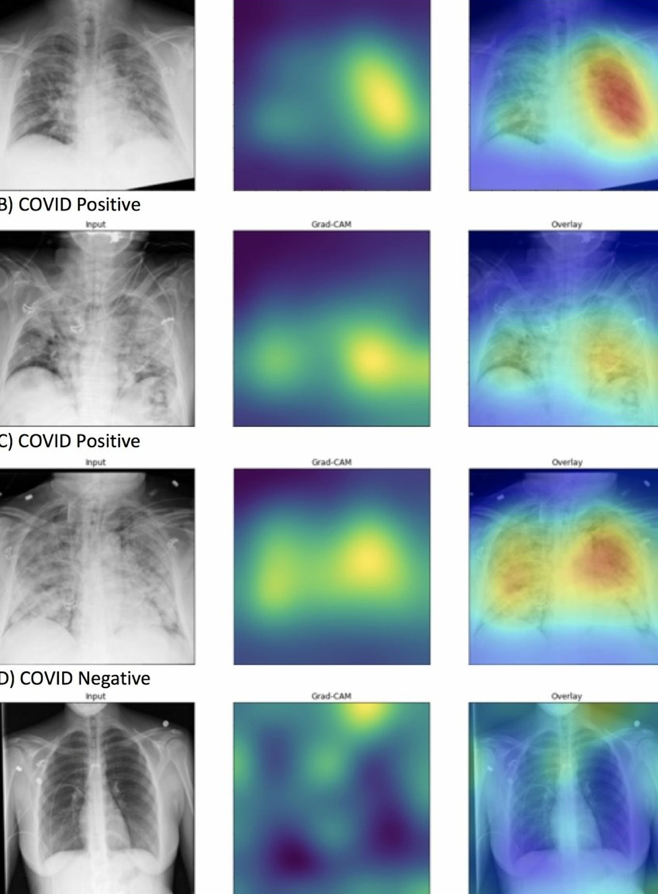
AI detects COVID in chest x rays
DeepCOVID-XR is a Northwestern University developed algorithm that automatically detects the signs of COVID-19 on a basic X-ray of the lungs. The system is able to detect COVID-19 in X-rays 10 times faster than thoracic radiologists and 1% to 6% more accurately. The developers said the AI could be used to rapidly screen patients at…
-
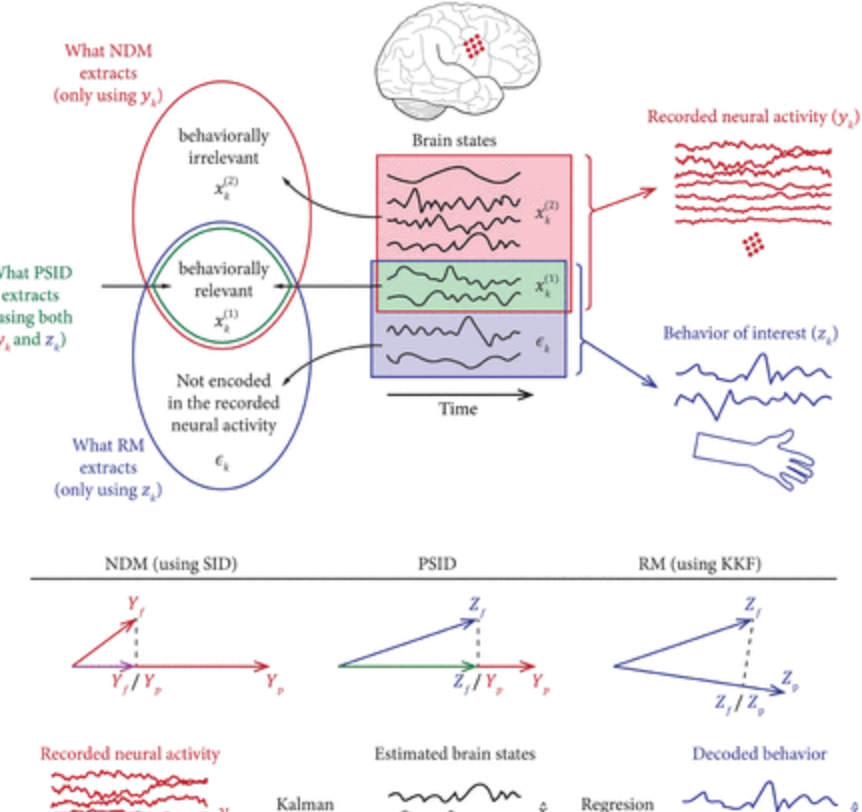
Algorithm isolates specific brain signals, provides feedback
The US Army and USC Prof Maryam Shanechi have developed an algorithm that can determine which specific behaviors—like walking and breathing—belong to specific brain signals. Segmenting brain signals has been notoriously difficult, as all signals associated with tasks mix together. Shanechi and her team used the algorithm to separate behaviorally relevant brain signals from behaviorally…
-
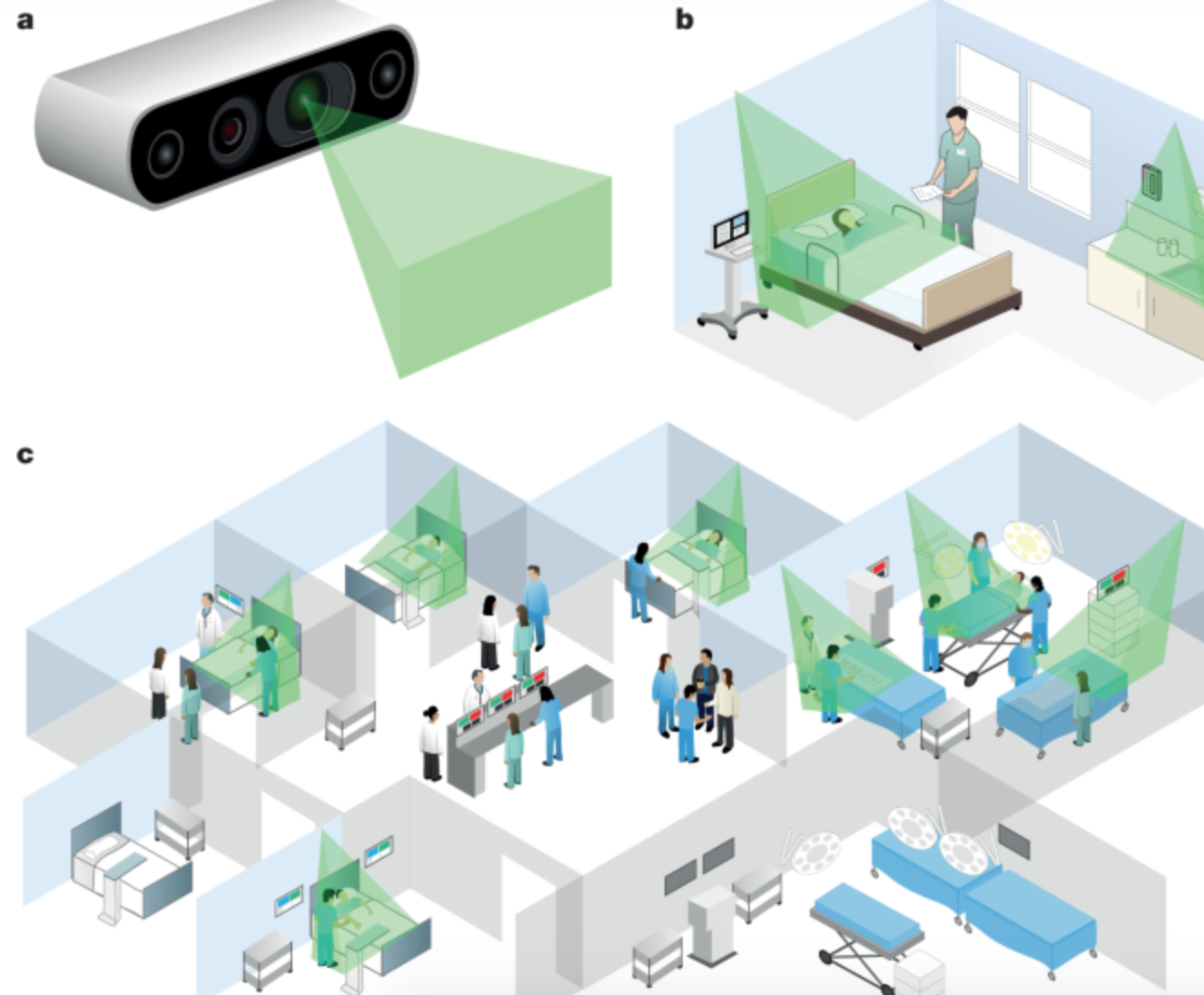
“Ambient intelligence” monitoring to prevent medical errors, send alerts
Stanford’s Fei Fei Li, Arnold Milstein and albert Haque have developed AI and sensor based “ambient intelligence” protocols to prevent medical errors and improve outcomes. Applications include alerting clinicians and visitors when they fail to sanitize their hands before entering a hospital room; monitoring the elderly for behavioral clues of impending health crises; prompting caregivers,…
-
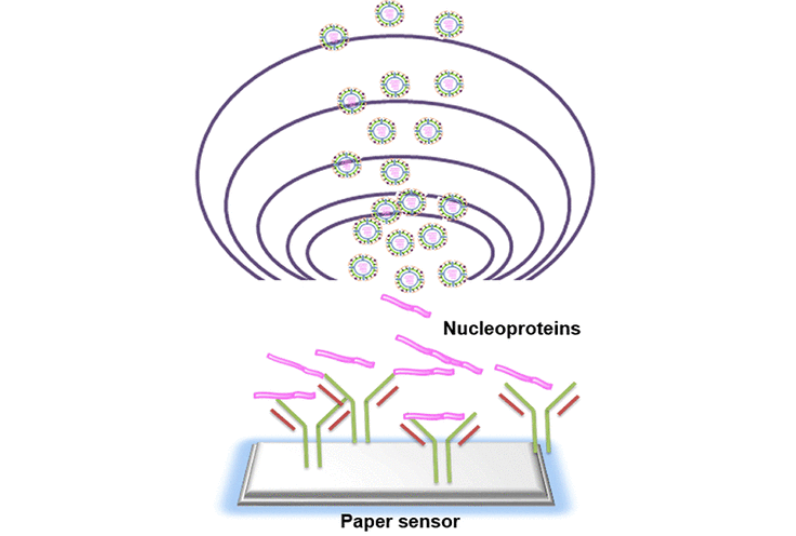
Electrostatic and electrochemical sensors rapidly detect airborne viruses
Jang Jae-sung and Ulsan colleagues have developed a method to quickly and accurately detect airborne viruses, to inform public health and quarantine efforts. Electrostatic force captures and condenses viruses in the air, and a paper electrochemical sensor checks samples for antigens and virus antibodies. Liquid particles as small as 1 micrometer have been successfully collected.…
-

Polymer improves medical implants, could enable brain-computer interface
David Martin and University of Delaware colleagues have developed a bio-synthetic coating for electronic components that could avoid the scarring (and signal disruption) caused by traditional microelectric materials. The PEDOT polymer improved the performance of medical implants by reducing their opposition to an electric current. Pedot film was used with an antibody to stimulate blood…
-

Presymptomatic COVID detection with wearables
Stanford’s Michael Snyder and colleagues have used smartwatch data to detect early, presymptomatic COVID-19 in 31 individuals out of a cohort of 5,000. They demonstrated that COVID-19 infections are associated with alterations in heart rate, steps and sleep in 80% of cases. Physiological alterations were detected prior to, or at, symptom onset in 85% of…
-

Sweat sensor monitors drug levels, informs dosage
Sam Emaminejad, Shuyu Lin, Carlos Milla, Ronald Davis and UCLA and Stanford colleagues have developed a watch which monitors drug levels inside the body by analyzing a wearer’s sweat. The goal is individually tailored drug dosages. Dosages are currently prescribed based on statistical effectiveness averages driven by weight and age. However, constantly changing body chemistry…
-
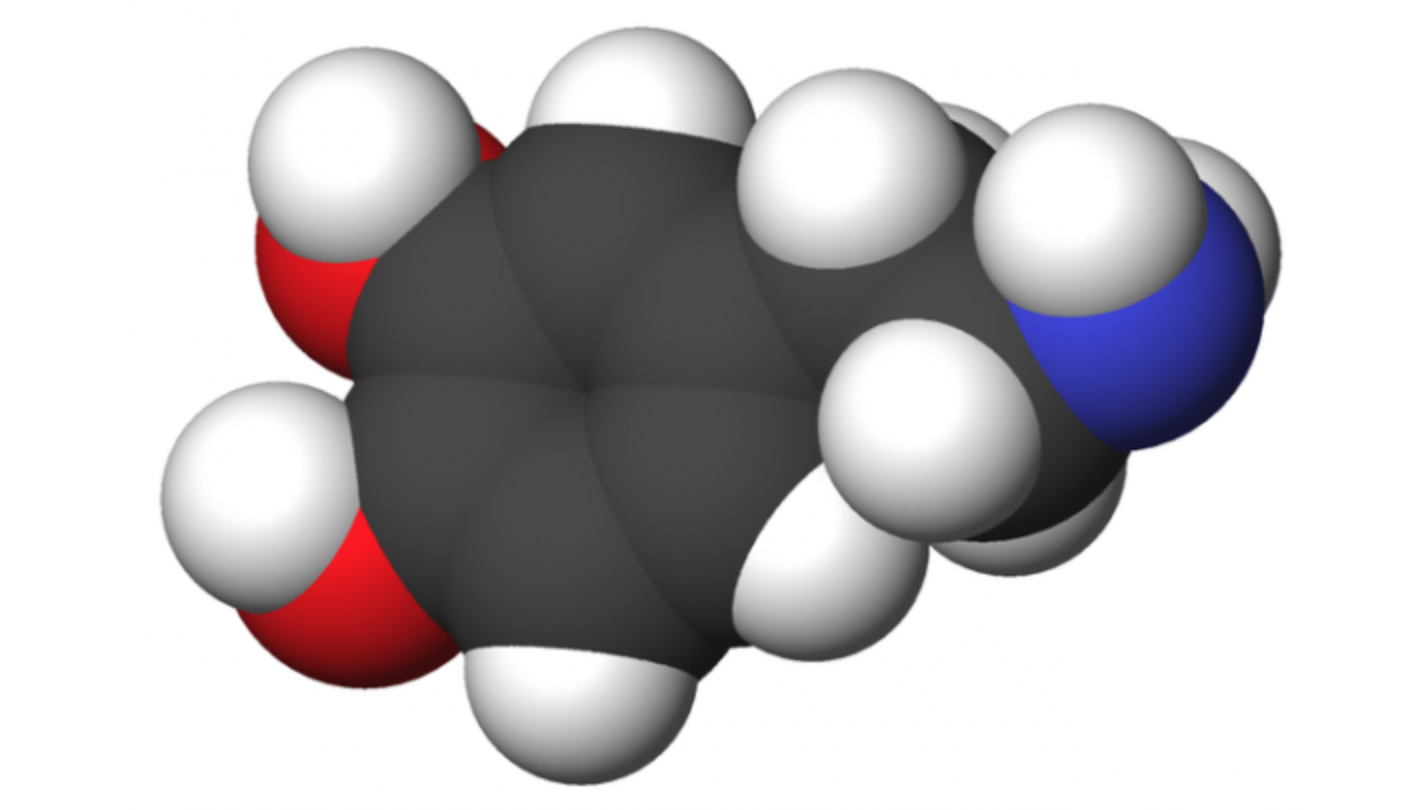
Sensor platform detects dopamine in sweat; could be used for future treatment
Penn State’s Aida Ebrahimi and Maurico Terrones, RPI’s Humberto Terrones, and colleagues, have developed a highly sensitive, non-invasive wearable Dopamine sensor platform. The goal is the use of the technology to develop wearable sensors able to track and eventually treat conditions caused by too much (ie schizophrenia) or too little (ie Parkinson’s, depression) dopamine. The…
-

First nutrition monitoring wearable tracks vitamin C; could be useful in COVID treatment
UCSD’s Joe Wang has again disrupted chemical sensing, by creating a wearable vitamin C sensor, which is a departure from now common vital sign and activity sensing wearables. This is the first time a wearable has been used to track nutritional intake, a key component of general health and disease prevention. Vitamin C cannot be…
-

Single sensor could simultaneously detect, differentiate between flu, coronavirus
University of Texas professor Deji Akinwande is developing a graphene sensor that can tell the difference between flu and coronavirus, and test for both simultaneously. The goal is to save time, medical resources, and cost, and speed appropriate treatment, as a second COVID wave could correspond with the next flu season. The sensor is the…
-

Sensors 3D printed directly on lungs, heart could be used with surgical robots to diagnose, monitor disease
Michael McAlpine and University of Minnesota colleagues used 3D printing and motion capture technology to print electronic sensors directly on organs that are expanding and contracting, such as the heart and lungs. This could be used to diagnose and monitor the lungs of patients with COVID-19. This builds on the team’s technique which enabled the…
-
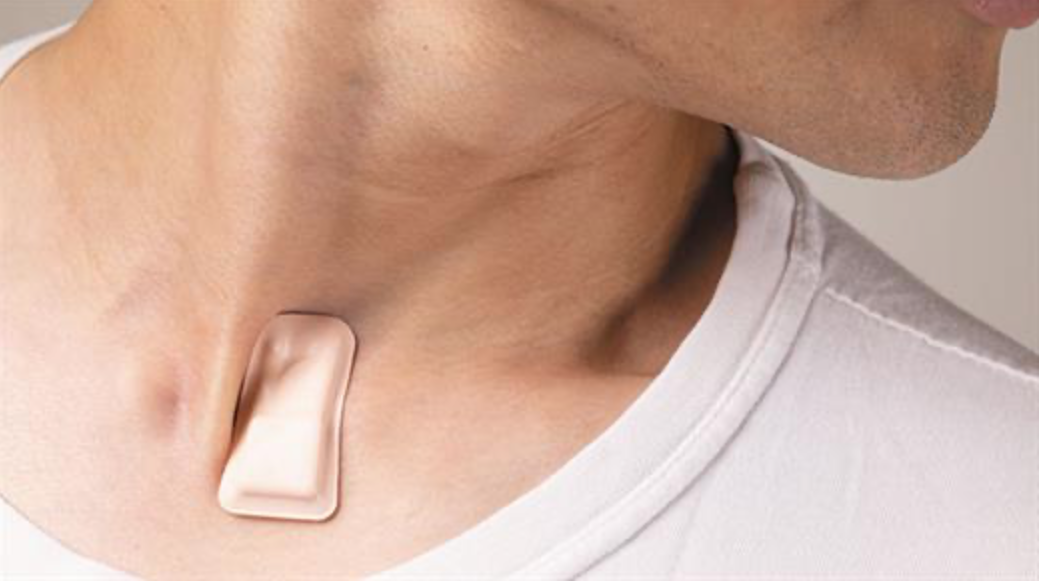
Organic electronic patch + algorithm continuously monitor multiple COVID symptoms
Northwestern and University of Illinois researchers have partnered to combine a COVID symptom-detecting wearable with a method to organize and analyze the massive data sets required to accurately show disease progression. The technology will be used in hospitals and nursing homes, to monitor both patients and healthcare workers, to identify contagion early in an effort…
Got any book recommendations?